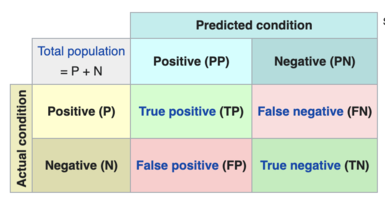1st post ever. You will be able to figure out that I don't know anything about math quite quickly, lol.
Let's say a lab test can return positive or negative, and the test is 55% accurate.
I do the test 10x, each time it returns positive. What is the formula to determine the overall likelihood that the positive is true?
(Sorry for my lack of math lingo!)
Let's say a lab test can return positive or negative, and the test is 55% accurate.
I do the test 10x, each time it returns positive. What is the formula to determine the overall likelihood that the positive is true?
(Sorry for my lack of math lingo!)

